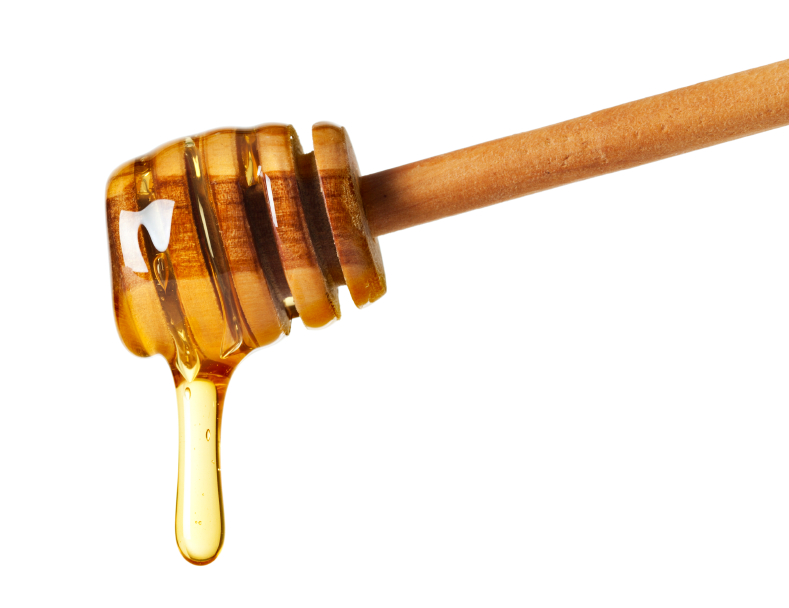
A team of researchers at the University of Technology Sydney studied over 80 honey samples derived from Queensland and New South Wales flowering manuka (Leptospermum scoparium) trees. They found the chemical that made New Zealand manuka honey a superfood was also present in the varieties from Australia.
"Our study provides the proof for what we've long assumed – that this compound, methylglyoxal (MGO), is present in high levels in Australian manuka honeys,” said Dr. Nural Cokcetin, an author of the study. “We've also shown that the activity of Australian manuka honeys has remained unchanged over seven years from harvest, which has huge implications for extending the shelf life of medicinal honey products."
Dr. Cokcetin then went on to add, “These findings put Australian manuka honey on the international radar at a time when antibiotic resistance is recognized as a global crisis.”
Recent years have seen a rise in the number of antibiotic-resistant superbugs, prompting a renewed interest in the clinical usage of honey. Not only does honey kill bacteria upon contact, but it was also shown that bacteria does not develop a resistance to it. The manuka species, in particular, displays an extraordinarily “high level of antibacterial activity.” New Zealand has served as the dominant source for medicinal honey. The country, however, grows only one species of Leptospermum; additionally, the parasitic varroa mite is infesting the honey bee colonies of New Zealand.
Australia has over 83 species of Leptospermum growing on its soil, and its beekeeping industry is still free of the varroa mite. With over 12,400 registered beekeepers in Australia and over 200,000 commercially utilized hives, the industry produces up to 30,000 tons of honey on an annual basis.
"That the manuka varieties in Australia are just as active as those in New Zealand, and have essentially the same chemical profile, will add significant value to Australian honey for beekeepers and provide a plentiful supply of medicinal honey," stated Professor Liz Harry, director of the ithree institute at the University of Technology Sydney and co-author of the study.
A spokesperson for the Honey Bee & Pollination Research and Development program, Michael Hornitzky, stated that the recent findings could see a significant increase in the demand of Australian honey. "Discovering this extensive resource base cements Australia's role in helping to supply the growing medicinal honey market."
About honey
- While known as “manuka” in New Zealand, Leptospermum is more commonly known as the “tea tree plant” in Australia.
- Varroa mites affect hives by feeding and living on the adult honey bees, pupae, and larvae. By feeding and reproducing on the honey bee brood, they cause malformations, transmit viruses and greatly decrease the population of the hive.
- Manuka honey has been praised for its efficacy in both external and internal medical applications. It has been used to treat skin conditions prone to serious infection, digestive problems, ringworm, and many other ailments. Manuka honey can even be used cosmetically, as it can also be used as a facial cleanser and to get rid of dandruff. Some have used it to improve dental health as, in addition to its antimicrobial, antioxidant and antibacterial properties, it also contains a high nutritional value. It is also a rich source of various minerals and vitamins like calcium, zinc, and phosphorus.
Sources include:
Please contact us for more information.























